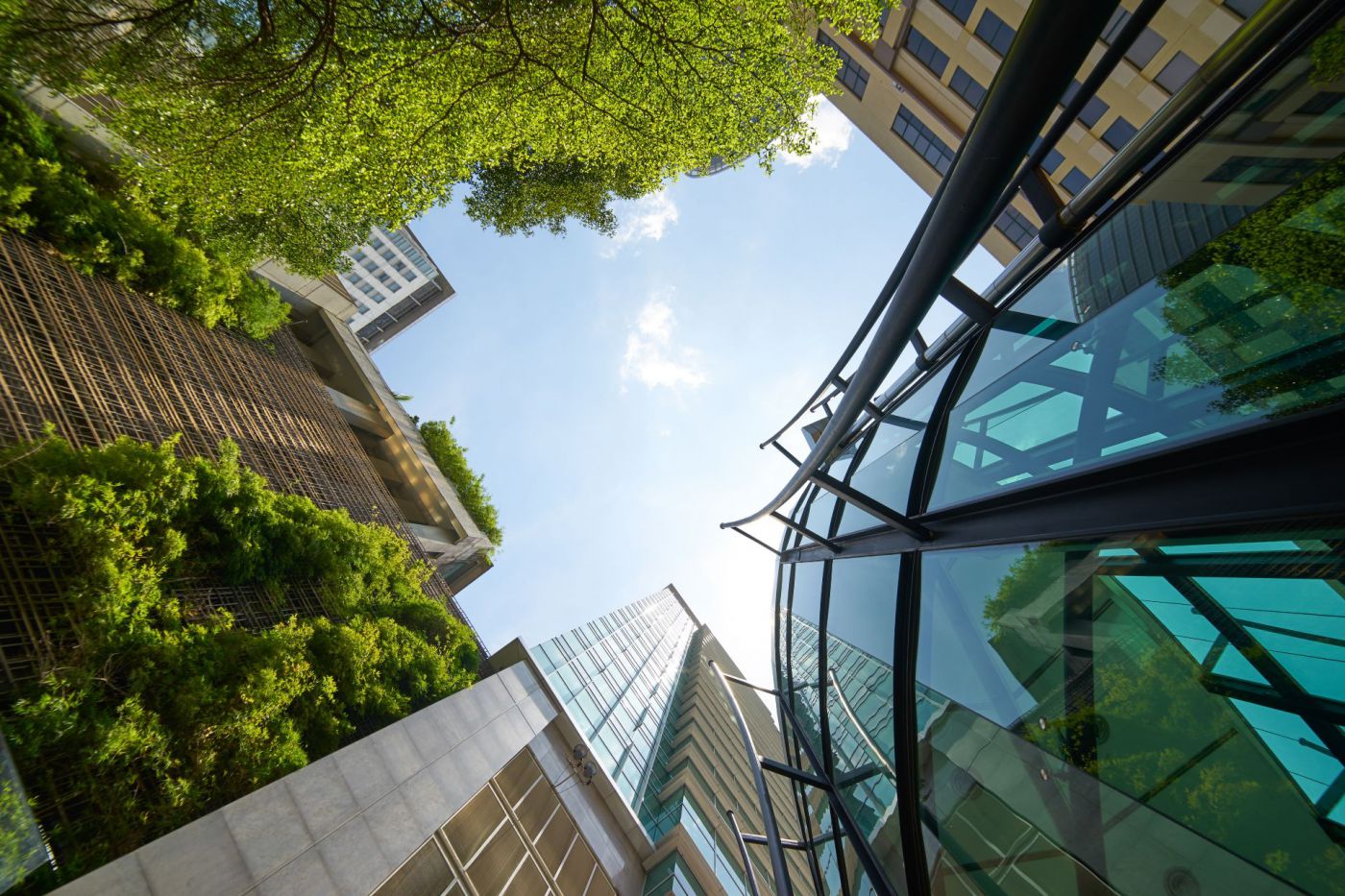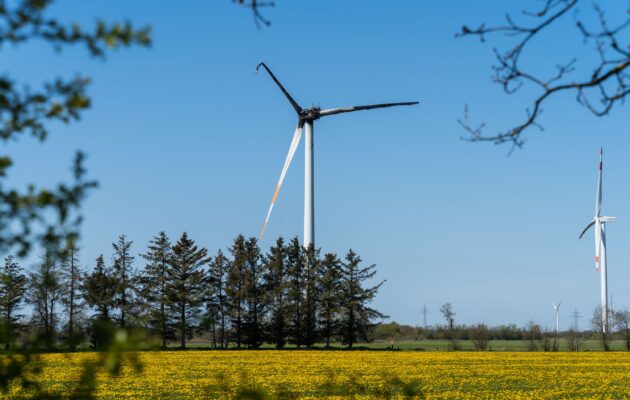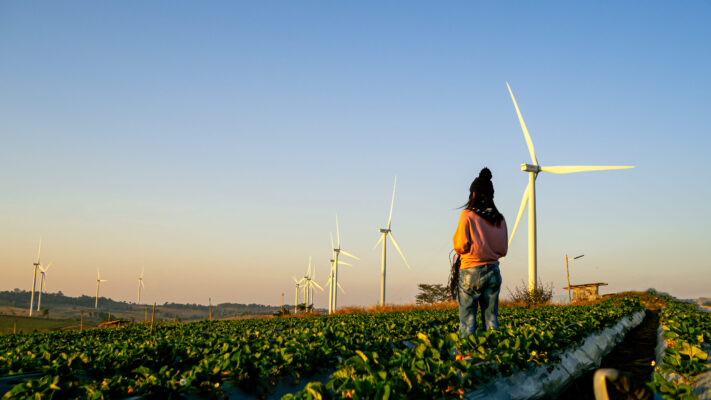Previously, the Wind Farm Management Blog looked at how performance-based contracts, such as SKF Rotation For Life, help operators boost uptime and reduce costs. But sustainability should also play a key role in operation and maintenance.
The renewables sector aims to offer environmentally friendly mediums for energy production. Unfortunately, the environmental benefits of clean energy production could potentially be undermined by wasteful and unsustainable maintenance practices. Performance-based contracts only truly benefit wind energy if they take the environment into account.
How do sustainability and profitability impact each other?
When selecting a maintenance package, machine reliability and price is naturally the foremost consideration for operators. Profitability is a core concern of every business, but it’s not the only concern. Interestingly, there is a positive correlation between environmentally sound practices and profitability.
Technology holds the key to simultaneous reliability and sustainability. Condition monitoring and data analysis give operators a clear overview of machine health. This highlights where there are issues with wind turbine performance, enabling a company to take corrective action. As a result, you minimize the need for spare parts and the emissions generated by delivery and manufacturing as well as investment. All of this contributes to increasing wind turbine availability and productive hours.
Practices for a sustainable business model
Key areas enabling companies to become more sustainable include:
- Machine and operator safety
- Improved production output
- Material & energy efficiency
- Extended lifetime of components and customer applications
- Remanufacturing to move towards the circular economy
- Waste reduction
- Reduce associated CO2 emissions
Managing components when they reach the end of their lifecycle is also a key area where sustainable practices increase profitability. Rather than disposing of damaged components, which creates waste and can require high investment for new parts, operators can remanufacture them. This potentially extends bearing service life for many years at a fraction of the cost – both in environmental and real terms – of a new component. You can learn more about remanufacturing from previous articles on the hub by clicking here.
It’s easier than ever to adopt sustainable practices
Growing concerns about climate change mean that sustainability is at the forefront of business discussions. Many companies, including SKF, create maintenance packages with environmental performance values at their core. Consequently, wind energy companies can integrate sustainability into their business model without having to reimagine their enterprise. The SKF Rotating Equipment Performance offering covers the entire value chain for maintenance in wind energy and incorporates green practices. To find out more, please visit the SKF website.



